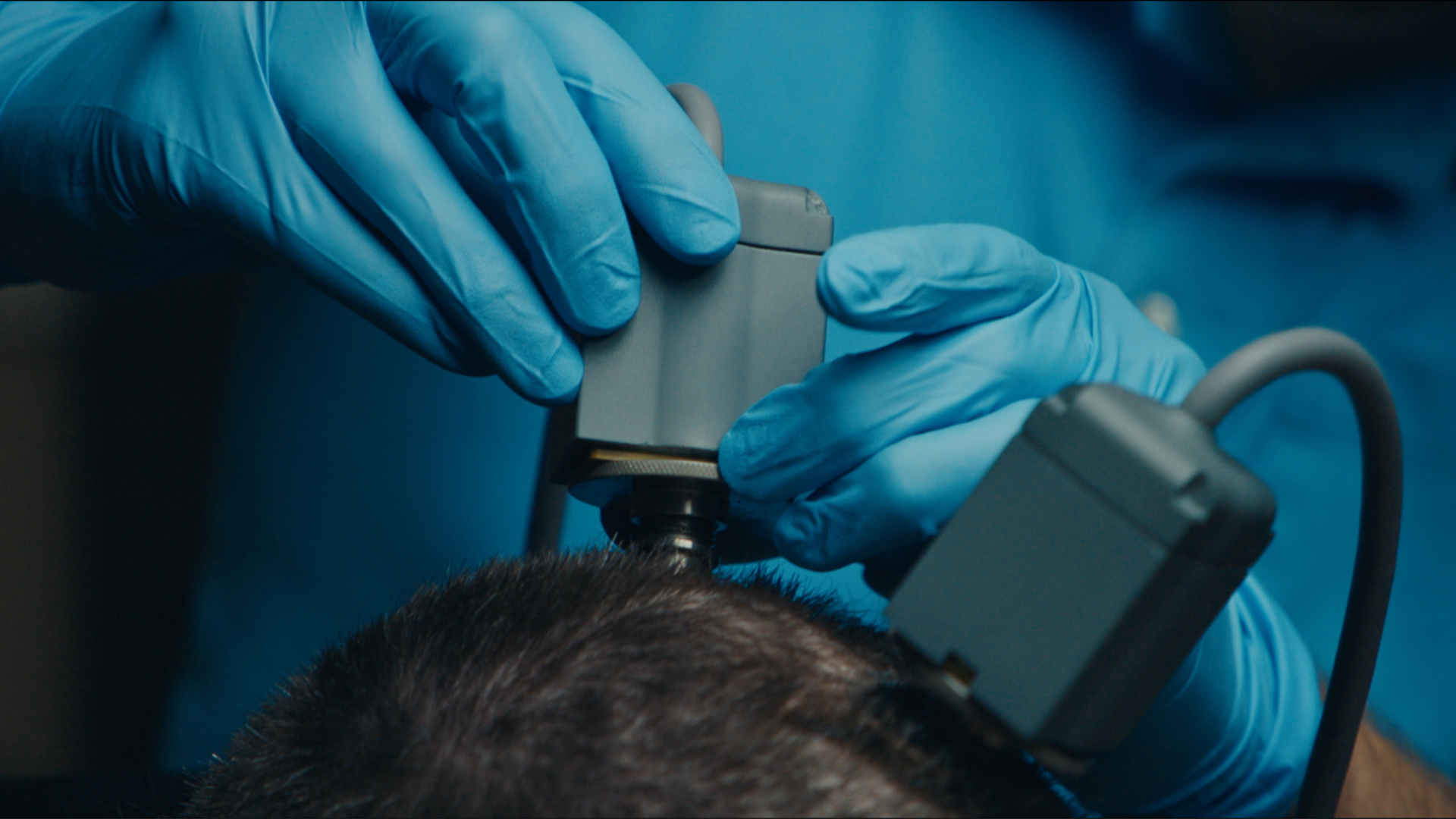Virtual-reality applications give science a new dimension
“Some scientists see VR and AR as more intuitive to use than conventional flat screens for viewing complex 3D structures. Others have sought cheap, smartphone-based headsets, which use a smartphone screen as the goggles, to increase public understanding of their work. Their numbers are relatively small: VR and AR remain niche tools for scientific research. Yet some researchers say that the technology has provided new insights.
Adam Lacy-Hulbert is a principal investigator at the Benaroya Research Institute in Seattle, Washington. He is particularly interested in lysosomes — structures that help to clean up the insides of cells. But he was perplexed by some of the 2D images he was getting using conventional microscopy. “It looked as if part of the lysosomes of the cell had moved into the nucleus, which didn’t really make sense to us.”
But ConfocalVR, a tool developed at Benaroya that uses VR to visualize images from confocal microscopes, made what was really happening “jump out within seconds”, Lacy-Hulbert says. The nucleus was actually deforming and moving around the lysosomes…”
#future = #REALnews #tech #innovation #design #sustainability #science #engineering #singularity #progress #vr #virtualreality #ar #augmentedreality #mr #mixedreality #metaverse #health #medicine #wellness
https://www.nature.com/articles/d41586-018-04997-2

